The ‘observer’ position
I want to say something more about one of the key points in this approach. In order to understand, develop and practice my method you must first develop your understanding of what I call the ‘observer position’. Things like a raised awareness of your parts and what triggers them. How and when they were constructed. As well as being able to communicate with them in a way that is ‘age appropriate’ are all things that depend on a good understanding and working knowledge of this ‘observer’ position.
Did you ever say to yourself “why am I doing this” as you began yet another disastrous course of action? Somehow able to see how bad this is going to be and yet seemingly unable to stop yourself? If you have always thought of yourself as one thing doesn’t this double view seem strange? Who was talking to who at these moments? These questions are very difficult to answer from a traditional perspective. Actually, what you were doing was likely to be ‘observing’ yourself in a triggered moment. So what do we mean by this? And how can it help us to develop our recovery?
Defining the observer – your ‘core’ self
The first thing to make sure of is that you have an idea of what this ‘real’ or ‘core self’ is. Who is it that is doing the observing? The first challenging idea to get hold of is that everyone, no matter how damaged, abused, has a core or real self. No matter how much of a checkered past you have, there is a core part of you that is unaffected by circumstance. That does not carry the flaws that you may have identified yourself with. If this is the first time you have read about these ideas then this will probably come as a shock to you so just take a minute to digest this. It means that every time you said something to yourself like “I’m such a liar” or “I’m a hopeless addict” or “I’m a waste of time” you were actually talking about a part of you, not the real you.
The filter
Your ‘core’ or ‘real’ self is your consciousness, your mind. Because it’s the part of you that makes sense of everything, you could think of it as the filter through which everything must pass. A translating point that makes meaning from everything you experience. You are doing it now as you read this. It is your consciousness in an un-triggered state. I want to promise you that if you could find a way to maintain this state even through difficult moments, you would never drink, use drugs or act out addictively again. Just allow yourself to imagine this now, remaining in your core state and making good decisions, improving relationships, and making progress in your chosen field. Unlike traditional forms of treatment that diagnose you and attempt to make you change and be less like you, this approach is asking you to be more like you!
Parts and self
So if that is your true self then any feeling, thinking belief or attitude you experience is what we call a ‘part’ of you. That counts for anything that differs from your calm clear confident self. So how do we distinguish between you and your parts? I want you to keep this very simple. Think of the space above your eyes as ‘the front room’. This is your mind, where you live, where your consciousness resides. Imagine another room at the back of your head. This is where the part of your brain that reacts to threat lives. So we have a simple picture of two rooms that are communicating with each other. These rooms will eventually develop a better relationship as you practice.
The front room is generally running your life, making decisions and deciding the next course of action, for the most part. The back room is watching out for threats constantly and reacts like lightning when it sees one. These times are what we call triggered moments or episodes. The best way to think of this is that your mind (front room) is running your life, it is doing so on licence from your brain! This licence can be revoked in a fraction of a second if your brain (the back room) identifies a threat.
Protection is normal
There are two issues we have to understand before we can use this idea effectively. The first one is that the idea of your brain protecting you this way is perfectly normal. You’ve probably heard of fight and flight? So it’s not a mental illness. Okay, but the second thing is that life teaches us that certain things are threatening when they never were or are no longer. Things like these are kept in the back room where there is no timeline, and so they remain fresh as the day they happened, even though you may have forgotten all about them in the front room. This can be a big problem for anyone vulnerable to addiction. So the point is that there are times when a very basic part of your brain is running your life, not you.
Taking on board the idea that at these times it was not your core self running your life but was actually your brain trying to protect you from threat is a big deal. Understanding that you have an untainted core, a part of you that is not just a bit calmer, but is pure calm. Not just a bit clearer but is pure clarity. Of course the way you have been viewing yourself in a more traditional negative view fits right into the medical model and has probably had you reading lots of books, doing lots of exercises and maybe taking some pills. Once you start to practice working on the relationship between your parts and your core self you probably won’t be needing those things any more. No need to work on ‘changing’ yourself any more, now you can learn to access what you already have. Changing yourself is a bit like asking a tiger to change to spots instead of stripes!
The state is where we start
All your parts are consistent. This is an important idea when you consider that you will be coming up against many years of training from the medical model that told you that you were very inconsistent. Of course this is a rational conclusion when you think of yourself as one thing. I want you to think of this recovery approach as swapping one inconsistent self with a set of consistent selves. Each of your parts is extremely consistent. They tend to turn up in the same way and for the same reasons. The difference is that the core self is the ‘untriggered’ part. The ‘you’ that is present when no triggering is happening. In order to know your parts better you need to understand the core ‘state’ of your adult self. This state is described in various ways by different religions, philosophies and therapists but, many years of neuroscience research has identified eight words which characterize and encompass the qualities of the core self. These are the ‘resources’ of the adult self. The good news is that you already have them! You need to learn them and, by understanding them better, you will be able to identify when they are not present.
The resources
Here are the eight words we use to understand our adult states resources.
Calm Clear Curious Creative Confident
Courageous Connected Compassionate.
When you are in your adult state you will be able to identify with all of these words. Try first making a list of all eight words and ask yourself if you can identify with all of them in your current state. Notice any that seem to be absent. Now write another list alongside the first. This list should be how it feels when the resources are missing, their opposite if you like. So Calm becomes ‘panicky’ etc. It might look something like this;
Panic Confused Dogmatic Flat
Unconfident Frightened Disconnected Cold
Here is a table that makes these opposites clear.
Calm |
Panicky |
Clear |
Confused |
Curious |
Certain, Dogmatic or having a strong agenda |
Creative |
Flat or feeling you have no options |
Confident |
Unconfident, nervous or anxious |
Courageous |
Frightened, maybe a feeling you must stay safe |
Connected |
Disconnected from people and life |
Compassionate |
Cold or having no feeling for others |
.
Think of these opposites as the default position (on the left) and the way you often feel (on the right) when you are triggered by something and your brain takes over. So any time you find yourself losing any of these resources because of how someone has spoken to you or dealt with you, or even if you have had a thought yourself that has changed your state, you should assume that you are no longer in your adult state. The thought or observation that you are no longer in your ‘real state’ is made from the observer position.
If you have found yourself saying things like “I’m hopeless and unreliable” or “I’m too angry to hold down a job” then this practice can help you massively. Since these flaws are not part of your adult self you can learn, as part of your practice, not to ‘act out’ of them but to observe them. The first thing to realise when you start practicing is that your core state is not something to achieve, it’s your default position! This is another massive shift from the traditional approaches. You have probably thought of recovery as something that is almost impossible to achieve, wrong! Something you have to fight for, wrong! Think of your core state as something that happens when the other states ‘step back’ and trust you more.
The practice
The simple way to understand the aims of the ‘observer position’ is to think of ‘re-triggering’ the adult. So when circumstances trigger your brain to protect you, your practice is to get your core self back in the driving seat. This is done not by fighting or demanding things of yourself, but by negotiating with your brain, asking it to trust you more. Think of your core state as a state of trust between the two rooms. When you decided what you wanted for breakfast this morning your brain ‘trusted’ you to make that decision. So triggering is a lack of trust, a way your brain protects you because it does not trust you to stay safe in this particular circumstance.
Try this experiment now. Think about the last time (or the next time) you experienced this triggered state. Run it as a movie in your head or, if this is too triggering, run it as a movie on a clear space on the wall opposite you. As you watch this movie of yourself in an agitated state, notice how calm the part of you that is doing the observing! Even when you are triggered into an extreme state you can often observe from your ‘core’ state of calm confidence. It is from this position that you can start the negotiations.
If you feel anything other than calm when you observe your parts behaviour then put the brakes on the negotiation. This is because, occasionally one part can observe (and judge) the other. These are called ‘polarised’ parts and usually take an opposite (and judgemental) position on the part that is triggered. The main thing to notice is always your ‘state’. Itis your calm confident courageous state that tells you that there is a good blend of adult. If you are feeling anything else then assume it’s a part and step back another level and observe the two of them interacting. Once you get the calm centre you can begin the negotiations.
The Family Car
Think of yourself driving a car. In the car are several others (your parts). You could consider these parts as your ‘inner family’. Your brain is looking a long way down the road and sometimes sees a problem. Saying to itself “if we carry on down this road we are going to be in danger”. Removing you from the driving seat one of the parts takes over and turns down another road (to be safe). This road could involve activities such as drugs or alcohol, gambling or any other form of addiction or dependence. The part does not see the difficulty with this, only that it has protected you from the threat of the road you were on. This is because your parts are younger (sometimes much younger) than you are now. Think about it, if your part is eight years of age then you can only expect the kind of solution an an eight year old would come out with. Your parts do not have your experience, your maturity or your wisdom. Often they do not share your beliefs or your attitudes. Thinking about the age of your part will often give you an idea of how to engage with it. But however you try to engage, always avoid fighting!
Negotiate never demand
If you fight for possession of the steering wheel you will probably lose. Remember your brain thinks it is protecting your life! It’s not going to stop doing that. So your practice is to aim for a negotiated settlement. Always try your best to avoid any fighting or demanding when triggered. Even if you were to win the steering wheel back for a little while it is likely that your brain will eventually overpower you. Trust is the result of a negotiated settlement. Once your brain trusts you with something, it will trust you forever! So this is the best approach for two reasons, the first I have already mentioned, which is that you will probably lose. The second reason is because it is the appropriate approach when someone is trying to help you! It’s a good idea to think about the age of your part before attempting to negotiate. This is because parenting works best of its age appropriate. If you get the sense that your part is a toddler then parent in the way that seems appropriate for that age. If your part seems more like a teenage then negotiation is the way forwards.
Taking responsibility for yourself
Western culture has for years taught us to expect that a ‘special someone’ is going to be our primary ‘caregiver’. We are encouraged that when we find them they will effectively manage our flaws and vulnerabilities. Of course this idea can also lead us to believing that we are supposed to do that for someone else. This leads to all sorts of problems with our boundaries and, like any other stored belief, will not change until we change it.
Developing the observer position, as well as the practices that follow from it, will encourage you to become your own primary caretaker. The Captain of your ship, the driver in your car. Whether you think of yourself as a Captain with a crew, or a car driver with a family, you will benefit from the practice of ‘observing’ your parts from the core position.





0 Comments